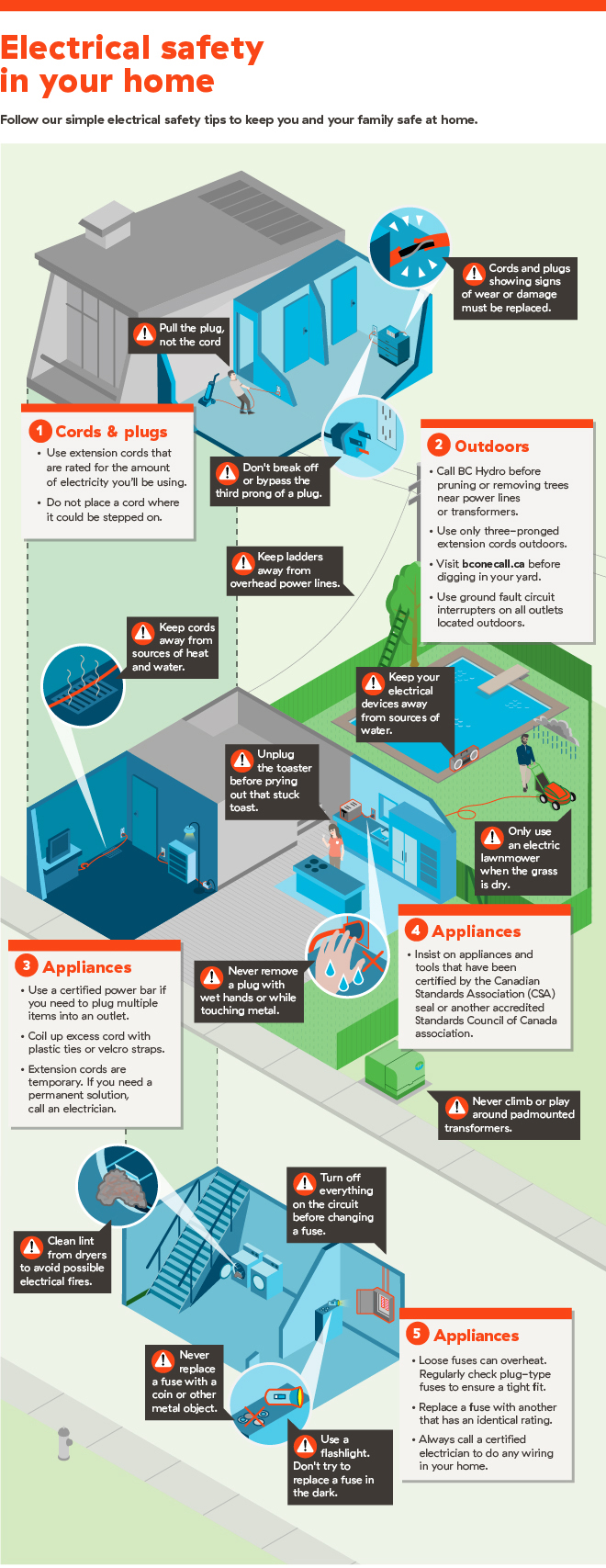Indications It's Time To Remove A Tree - A Home Owner'S Guide
Indications It's Time To Remove A Tree - A Home Owner'S Guide
Blog Article
Uploaded By-Merrill Bendixen
Trees add beauty and worth to building, but they can also position a danger throughout severe weather events. If a tree has actually stopped expanding, is displaying noticeable fungal development, or has a leaning trunk, it must be eliminated by a specialist to prevent property damages and injury.
To read more, attend a house owner resource reasonable co-hosted by HPD, the Facility for NYC Neighborhoods, and Brooklyn-based housing companions this evening in Bedford-Stuyvesant. The event will feature the Property owner Handbook, a brand-new guide to aid house owners navigate the obligations of having a home.
1. Dead or Dying Branches
Trees are an important part of your home's landscape, supplying shade and elegance. They additionally give shelter for wildlife and produce oxygen, however even healthy and balanced trees can experience health problems that might necessitate their removal. Dead or dying trees aren't simply unpleasant, they can be dangerous. Their branches can fall throughout a tornado, bring about expensive residential property damages and injuries.
When a tree's branches start to pass away, it suggests that its structure is beginning to break down. If the majority of its branches are dead, it is likely time to remove it.
Seek an absence of brand-new growth, bark peeling, open wounds or dental caries, fungi expanding on the trunk or origins and a general look of degeneration in the entire canopy. These signs of infection can indicate a serious issue that will certainly require specialist tree solutions to solve.
2. Leaning Trunk
While it's regular for trees to lean every so often as a result of phototropism, if a tree has a dangerous or extreme lean that's not because of natural processes - it could be a sign that the tree requires to be gotten rid of. If the tree is leaning toward a high-voltage line, home, vehicle, play framework or any other location that could be unsafe to individuals if it falls, after that contacting an expert tree solution for elimination ought to be a leading concern.
It's also crucial to watch for any sudden changes in a tree's leaning as it can suggest damage to the origins or trunk that may cause dropping. https://how-to-remove-a-big-tree06284.blog4youth.com/29903343/guarding-your-landscape-replanting-after-tree-removal is specifically true during thundercloud, since high winds and rain-soaked dirt can cause a lean to transform swiftly. Routine monitoring, particularly throughout and after tornados can help property owners recognize prospective issues with their trees so they can call an arborist for a detailed evaluation.
3. Pest Invasion
Some pest infestations, such as wood-boring pests like emerald ash borer or sap-suckers like scale bugs, are so serious that they can cause a tree to die. The most effective method to prevent pest invasion is to check your trees on a regular basis. Search for spots, openings, or discolorations in the fallen leaves and bark. Examine the trunk for splits and signs of insect damages, such as passages or tracks.
If a tree ends up being also plagued with pests, or is close to a home or power lines, an arborist might suggest removal. If a leaning tree establishes a new, unpredictable lean, an arborist will likely recommend removal as well to ensure the safety and security of individuals and home. If a damaged or dead tree continuously sheds excessive branches, it is an indicator that it is time to eliminate the tree. If https://thepointsguy.com/news/seattles-paine-field-suspends-flights-through-aug-1/ remains to lose branches for an extended time period, it might cause structural problems and possible residential or commercial property damages.
4. Damaged Trunk
Trees are a stunning and vital part of our landscape, but they do need normal care to maintain them healthy and balanced and secure. If a tree is damaged beyond repair it is likely time for it ahead down.
Seek indicators of damages to the trunk, including vertical splits, seams, dead branch stubs, visible wounds or open dental caries and serious tree-rot. The existence of fungi at the base of the trunk is an additional warning indicator. Fungis may show that the phloem and xylem (life-support tissues) are compromised, allowing for the spread of disease or a future failing.
Likewise, take into consideration whether the tree has actually quit expanding. Healthy and balanced trees will have brand-new growth annually, which may show up as buds or branches sprouting and extending. If you do not see any new development, it's a great idea to have an arborist assess the tree and follow their recommendation for elimination. please click the next site dying or damaged tree can drop and cause building damages.